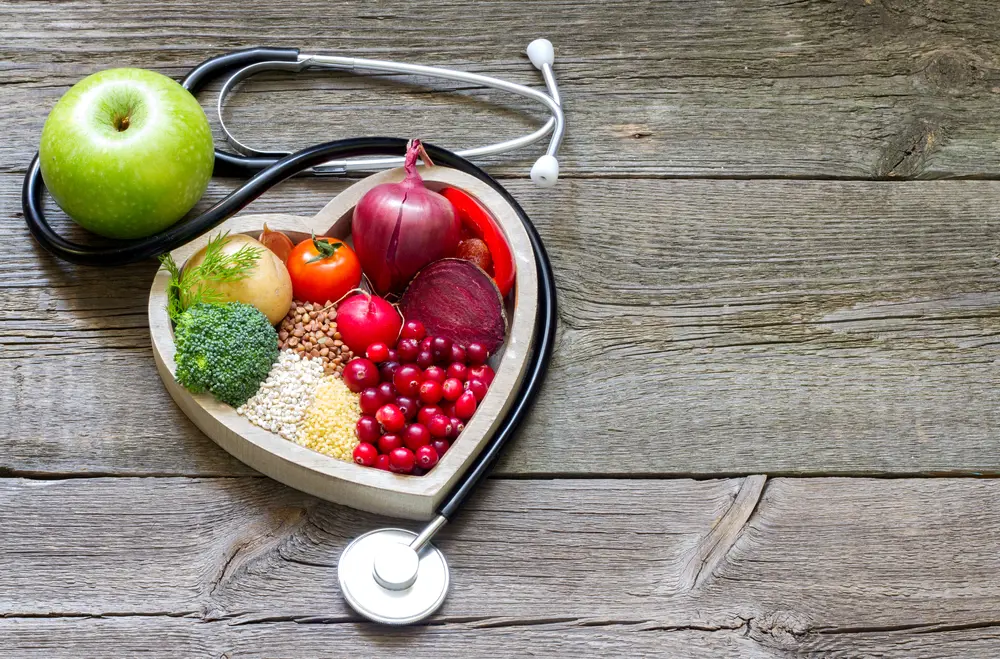
Bone health and adolescence
Article written by Dr Damien McKay, Staff Specialist - Sport and Exercise Medicine, Children’s Hospital Institute of Sports Medicine
Child & Baby Health
Introduction
Optimising bone health during adolescence is essential in preventing osteoporosis later in life. Adolescence represents a critical time for bone development. In the article below, Dr Damien McKay from The Children’s Hospital Institute of Sports Medicine (CHISM), at The Children’s Hospital at Westmead, outlines key issues around the development of bone health during adolescence and the importance of maintaining healthy bones for everyone.
Optimising bone health
Healthy bones are influenced predominantly by increases in bone mass via the deposition of the mineral calcium into bone. Mineralised bone is harder and more resistant to injuries such as fractures. By the age of 20 to 25, the human skeleton is no longer able to build additional bone mass and must maintain whatever bone mass already attained. As such the development of osteoporosis in adults is potentially influenced from early childhood and adolescence and is impacted if bone health is not optimised during this period.
Adolescence represents a critical time for the acquisition of final adult bone mass. Approximately 40% to 60% of adult bone mass is accrued during the adolescent years. Although genetics is the main predictor of adult bone mass, it is essential for adolescents to help their bones reach that genetic potential by optimising their bone health.
Accrual of bone mass during adolescence is influenced by three key factors:
Firstly, adequate intake of dietary calcium. Teenagers must ensure they have enough calcium rich foods such as dairy foods to optimise bone health, or find alternative sources should they be intolerant of, or dislike dairy foods.
Secondly, sufficient sun exposure is required to convert Vitamin D to its active form. A 15-minute walk outside every day is enough to achieve this for most people.
Lastly adolescents must ensure they participate in regular exercise to stimulate the accrual of increased bone mass. This means aiming to meet the national recommended physical activity guidelines of 60 minutes of physical activity every day, with three days per week of moderately vigourous physical activity.
Bone health issues during adolescence
As bones mature during adolescence, they don't only become longer but the amount of calcium within the bones change, dependent on different stages of adolescent development. In early to mid-puberty although bone mass begins to increase, there is actually a transient decrease in bone mineral density as a result of rapid increases in skeletal size. These transient decreases in bone strength leads to an increased risk of developing stress fractures in active children and adolescents. The clinical service at the CHISM clinic frequently manages such injuries and ensures these children and adolescents return to sport safely. Meanwhile, in mid to late puberty, rapid increases in bone mineral density occurs. During this period it is essential that adolescents do all they can to optimise bone health.
For example, a 15-year-old presented with recurrent lower limb stress fractures he sustained while playing basketball. Clinicians at The Children's Hospital at Westmead were able to manage his stress fractures, identify an underlying bone disorder as the cause for his recurrent fractures and ensure he was able to safely return to sport. This was achieved by following a graded exercise program that aimed to optimise his bone health so he could participate in the sports he loves.
Bone health and chronic illness
Adolescents with chronic illness may be at risk of poor bone health either directly from the effect of the illness or as a side-effect of the medications they must take to control the illness. Clinicians at CHISM frequently work with these patients, providing an exercise prescription with a focus on optimising bone health. These exercise programs have key components such as impact type activities (jumping or skipping) together with exercises to improve strength as powerful muscles are a key component to maintaining bone health.
One example is of a 13-year -old with Sickle Cell Disease, who had poor bone mineral density, because of frequent blood transfusions. The CHISM team were able to work with her to provide an exercise prescription with the aim of maximizing her bone health as she progresses through adolescence.
The importance of research
With the support of Bio Island through their partnership with Sydney Children’s Hospitals Foundation, researchers at CHISM have been able to undertake further research into childhood sports injuries. This research aims to better understand children who may be at greater risk of developing stress fractures based on their bone mass and the shape or architecture of their bones. We thank Bio Island for their ongoing support.
Article written by
Dr Damien McKay
Staff Specialist - Sport and Exercise Medicine
Children’s Hospital Institute of Sports Medicine
October 2021






